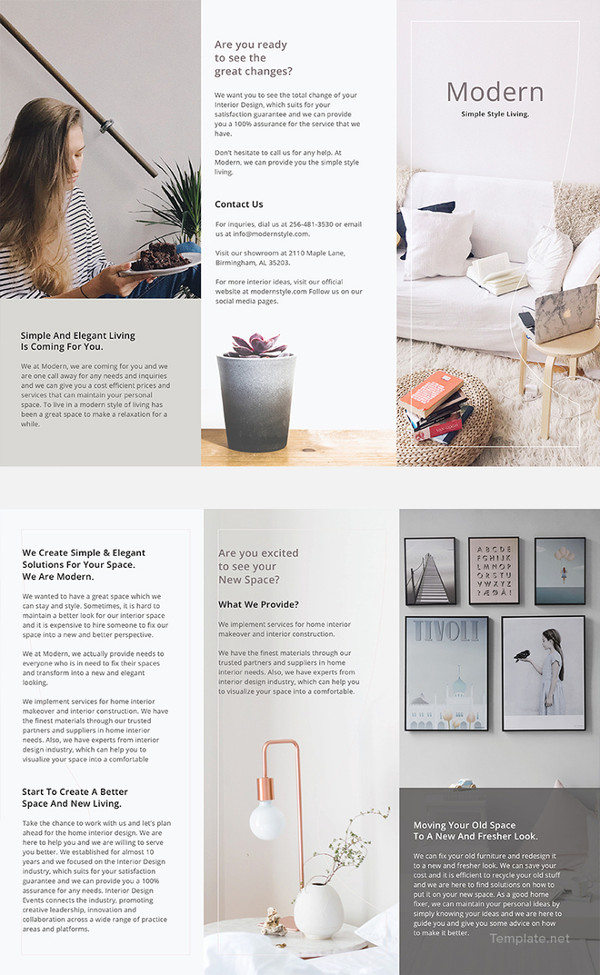
You can also change colors of specific parts of the elements, or the element as a whole, depending on that specific element. You can change size, position, rotation, and transparency. When you add an asset, you can manipulate it in various ways. You have your blank image file, and you can add assets to it. Rather, you should use them for layout and design inspiration. Obviously, you won’t want to take their base infographics and use them unedited. They’re essentially infographics that have been created already using the Canva assets library. From there, you can customize it.Ĭanva offers a range of different bases to use. When the editor opens, you’re given a blank infographic, which is really just a tall, narrow image file. It’s near the bottom, under “Blogging & eBooks”. For this exercise, of course, you’ll be clicking the Infographic option. They have over 40 templates – basically just image sizes and layouts – and the ability to use a custom size.

You can also use templates for presentations, social media images, posters, Facebook cover photos, and more. If you log in through the link I used above, you’ll be taken immediately to an infographic template. They aren’t going to spam you with emails, at least, so that’s good.

You can do this via email, or you can connect with a social network, either one works. The first thing you need to do to use Canva is to create an account. Think of it more like a freemium model, like cell phone games.

#How to download canva without paying free
It’s free to access, but I might have been a little dishonest if I implied that it was completely free to use. Canva is essentially a drag-and-drop image editor on the web.


 0 kommentar(er)
0 kommentar(er)
